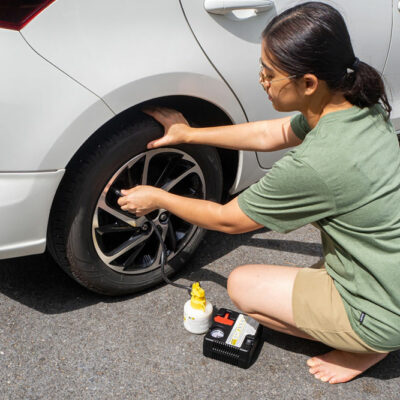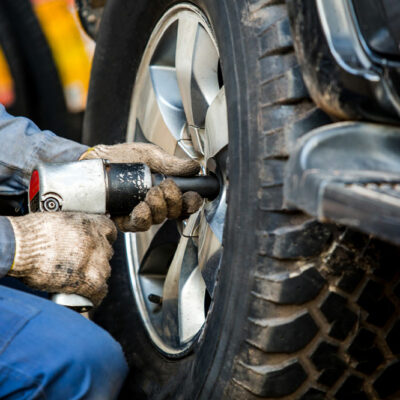
7 Common Engine Oil Replacing Blunders to Avoid
Engine oil is one of the essential components of any vehicle, as it helps to keep the engine components lubricated, prevents the build-up of dirt and debris, and helps to reduce engine wear. Unfortunately, many people must correct their mistakes when replacing engine oil, which can lead to costly repairs and a shortened engine life span. Therefore, this article will examine the five common engine oil replacement blunders and how to avoid them. Wrong timing One of the most common engine oil replacement blunders is not following the manufacturer’s recommended oil change interval. Different manufacturers recommend different oil change intervals, so it is crucial to ensure you follow the correct one. If you do not, it could lead to your engine oil becoming dirty or degraded, which can cause damage to your engine. It is also important to remember that oil change intervals can vary depending on your vehicle’s use. For example, if you drive your car for short trips or in stop-and-go traffic, you may need to change your oil more frequently than driving long distances on the highway. Check your owner’s manual for your vehicle’s recommended oil change interval. Inaccurate mileage Another common engine replacement blunder is not following the manufacturer’s recommended oil change mileage.
Read Article 









